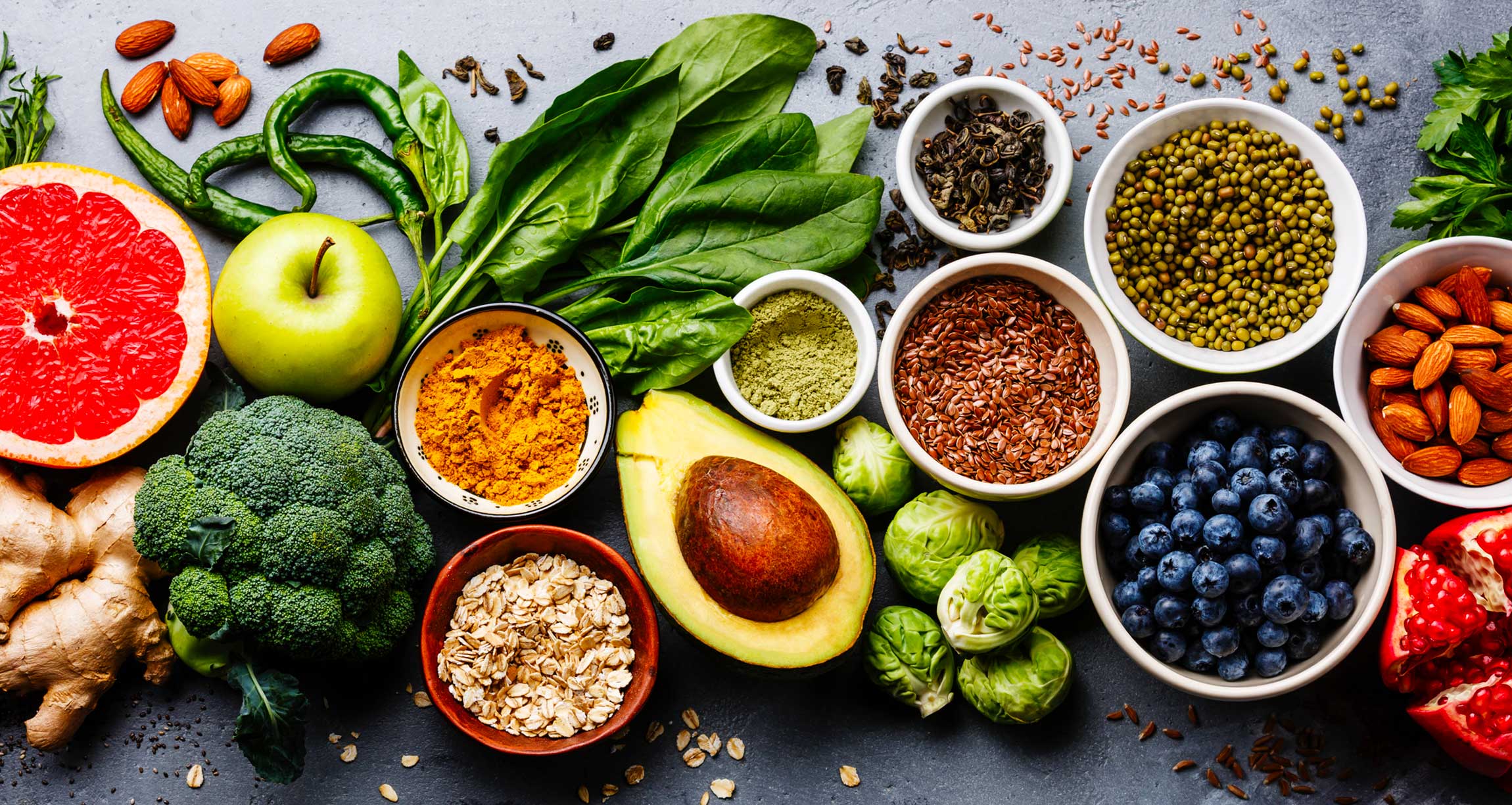Muslims internationally will study Ramadan 2019 by fasting for 29 or 30 days, depending on the Islamic lunar calendar. Fasting starts offevolved with pre-sunrise food referred to as Sehri and ends at nightfall with Iftaar all through which they spoil they’re speedy with the aid of consuming dates or khajoor accompanied via a huge variety of another cuisine.
This Ramadan, scroll all the way down to discover which meals are fundamental for preserving a balanced food plan and make an area for them to your kitchen shelf or fridge. Stay Hydrated Include water, fruit or vegetable juice, and smoothies as an ought to fluid consumption. For sheer consuming a bowl of curd without sugar will save enough water on your body for hours, making sure and retaining an excessive hydration degree.

Add Carbohydrates, Proteins
Let the pre-sunrise meal be mild and filled with carbohydrates. Eat entire wheat bread, oat cereal, porridge. Adding protein-wealthy food like non-salty cheese, eggs, and other dairy object is also a wholesome desire.
The seasonal culmination, veggies
Ditch the preservatives or candy syrup for the seasonal results like watermelon and muskmelon this summer. Try including a vegetable salad of cucumber, tomato, mint, and fruit salad at the iftar table.
Super Foods
Date or commonly referred to as major, is the undisputed superfood. The superfood has the property of enriching your frame with sufficient fiber, sugar, and magnesium. Olive and bananas are two different superfoods to present you with a wholesome and balanced food regimen.
Go smooth on Sugar and Oil.
Make positive you reap full fitness blessings of a balanced weight loss plan this Ramadan with a near check on matters to keep away from. Intake of fried meals or immoderate sweet dishes or sugar needs to be stored in the test. Avoid overeating. Practice eating slowly and in small chunks.
Nourish the two health factors of Ramadan 2019- Sehri and Iftaar using ingesting proper businesses of meals (as narrated above) to refill your energy.
The first Monday of May marks the celebration of the most important style get-collectively Met Gala, hosted using the Metropolitan Museum of Art, New York, to aid its Costume Institute.
This yr, May 6, we will witness the Met Gala 2019, and whilst we’re prepared to peer the celebrity-studded purple carpet, right here’s a small listing of celebrities who have boycotted the style gala.
1.Demi Lovato
The singer attended the Met Gala in 2016 for the primary time, dressed by using fashion designer Moschino. However, she no longer has fond recollections of the occasion because of receiving a mindset from other superstar visitors. In an interview with Billboard, Demi Lovato said, “I had a terrible enjoy. This one superstar became an entire b**** and became depressing to be around. It becomes very cliquey. I don’t forget being so uncomfortable that I wanted to drink.”
In the first part of the 1900s, most Americans ate a healthy, whole-food diet because they had no choice. All food was grown either by the family or obtained from immediately local sources. In the 1900s, it was a largely agrarian society, with most people living in rural areas and growing their own food. During the last century, a massive migration to urban areas has occurred. This has meant that even if one has the desire, most people no longer can produce self-grown food. Either because there is no land or because many do not know how very few people have a garden, and even fewer produce protein in dairy products and animal husbandry.
Despite this developing migration, families were encouraged to have a “victory garden during World War II.” This was not to ensure that Americans had a great diet but actually to ensure that American families could feed themselves while allowing most commercial food production to be sent to the troops overseas. That was the last period in history that America got most of its nutrition from locally grown food.
Beginning around the 1950s, Americans did begin to recognize the value of vitamins and minerals within their diet. This was discovered because more and more pre-prepared, highly processed food products became available and nutritional deficiencies began to emerge.
After the end of World War II, many families became two-income families. Besides, many more single parents are now raising children by themselves. This means that in most homes, all of the adults present in any one household are likely employed outside of the home full-time, leaving little time for food preparation alone, much less any time for food production. America has become a convenience food nation consuming much of the diet from unnatural food sources.
Prepackaged and easy to prepare food products are just that, food “products.” Though they may contain carbohydrates, proteins, fats, and some “essential” nutrients, they are not real food. The entire food supply chain is rife with contamination and chemical processing, and many Americans are unaware of how little nutritional value the food they consume every day contains. So much publicity and education have focused on the so-called food pyramid. The governmental and educational agencies that have devised the perfect American diet have never truly addressed the lack of nutrients, other than the Recommended Daily Allowance (RDA) of basic vitamins and minerals such as Vitamin A, Vitamin D, and Calcium.
While these RDA levels of vitamin and mineral consumption may be an absolute bottom line essential to avoid obvious deficiency diseases such as scurvy or rickets, they are hardly adequate. They do not reflect but a small portion of the nutrients contained in whole food, necessary for promoting health and prevention of disease.












